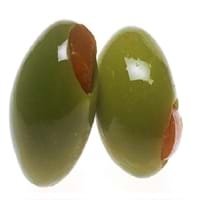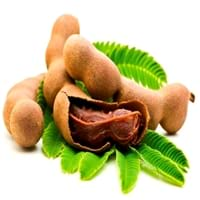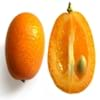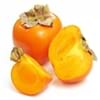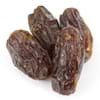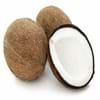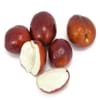Health Benefits
Cancer prevention, Helps in cartilage regeneration, Prevents macular degeneration, Treatment of alzheimer's disease
Boosts immune system, Boosts respiratory health, Cancer prevention, Digestive aid, Piles treatment
General Benefits
Anti oxidant properties, Anti-inflammatory properties, Boosts immune system, Controls blood pressure, Digestive aid, Maintains healthy cholesterol level
Beneficial in improving nerve function, Protects against parasites and worms, Relieves pain
Skin Benefits
Hydrates skin, Skin rejuvenation, Treatment of skin diseases
Anti-aging benefits, Brightens and lightens complexion, Exfoliates skin, Hydrates skin, Treatment of dark spots
Hair Benefits
Acts as moisturizer, Good conditioner, Regulates hair growth
Prevents hair loss
Allergy Symptoms
NA
Abdominal pains, Breathing difficulty, Dizziness, Eczema, Fainting, Hives, Itching, Nasal congestion, Swelling of face, Tingling sensation in mouth, Vomiting
Side Effects
Affects blood glucose levels, Dizziness, Stomach pain
Decrease in blood sugar levels, Induces acid reflux, Allergic reaction, Tooth decay, May form gallstones
Best Time to Eat
Hardly eaten raw, Olive oil is consumed for many purposes.
Along with meal, As a snack in the late afternoon, Don't consume at night and before bed, Strictly avoid empty stomach
Vitamin B5 (Pantothenic Acid)
Vitamin C (Ascorbic Acid)
Vitamin K (Phyllochinone)
Phytosterol
Not Available
Calories in Fresh Fruit with Peel
Not Available
Calories in Fresh Fruit without Peel
Not Available
Calories in Frozen Form
Not Available
Calories in Canned Form
Not Available
Season
Spring, Summer
Spring, Summer
Varieties
Manzanillo, Sevillano, Mission, Ascolano, Barouni, Gordal, Rubra and Picholine
PKM 1, Urigam, Hasanur, Tumkur prathisthan, DTS 1 and Yogeshwari
Color
Black, Green, Purple, Yellow
Brown, Reddish-brown
Shape
Oval
Curving Cylinder
Origin
Eastern Mediterranean Region
Africa
Soil Type
Well-drained
Loam, Sandy, Sandy loam, Well-drained
Climatic Conditions
Warm to hot climate
Humid to dry, Rainfall, Warm to hot climate
Facts about
- In ancient Greece, 1st eye shadow was made by adding olive oil in ground charcoal.
- The most expensive form of olive oil is Extra Virgin.
- Largest type of olive tree is known as donkey tree & smallest one is called bullet.
- Tamarind is used to prevent body odor.
- African children use the tamarind seeds in games.
- No cases of tamarind toxicity or allergy reported till date.
Other Countries
Algeria, Egypt, Greece, Italy, Morocco, Portugal, Syria, Tunisia, Turkey
Africa, Australia, Brazil, China, Mexico, Nigeria, Sudan, Taiwan
Top Importer
United States of America
United States of America
Top Exporter
Italy
Thailand
Botanical Name
Olea europaea
Tamarindus indica
Synonym
Not Available
Tamarindo, tamarindus
Subkingdom
Tracheobionta
Tracheobionta
Division
Magnoliophyta
Magnoliophyta
Class
Magnoliopsida
Liliopsida
Species
O. europaea
Tamarindus indica
Generic Group
Olive
Tamarind Sub
Difference Between Olive and Tamarind
We might think that Olive and Tamarind are similar with respect to nutritional value and health benefits. But the nutrient content of both fruits is different. Olive and Tamarind Facts such as their taste, shape, color, and size are also distinct. The difference between Olive and Tamarind is explained here.
The amount of calories in 100 gm of fresh Olive and Tamarind with peel is 115.00 kcal and Not Available and the amount of calories without peel is Not Available and 239.00 kcal respectively. Thus, Olive and Tamarind belong to High Calorie Fruits and High Calorie Fruits category.These fruits might or might not differ with respect to their scientific classification. The order of Olive and Tamarind is Lamiales and Fabales respectively. Olive belongs to Oleaceae family and Tamarind belongs to Fabaceae family. Olive belongs to Olea genus of O. europaea species and Tamarind belongs to Tamarindus genus of Tamarindus indica species. Beings plants, both fruits belong to Plantae Kingdom.
